In Limbo is a visual qualitative research study of Filipina migrant workers in Hong Kong. A three-year research study and visual exploration where I am primarily using photography as a methodology. A visual ethnography focusing on migrant women’s physical and cultural displacement and their abstract sense of home through open-discussion, immersion, and analysis of their spatial empowerment through cultural and physical appropriation.
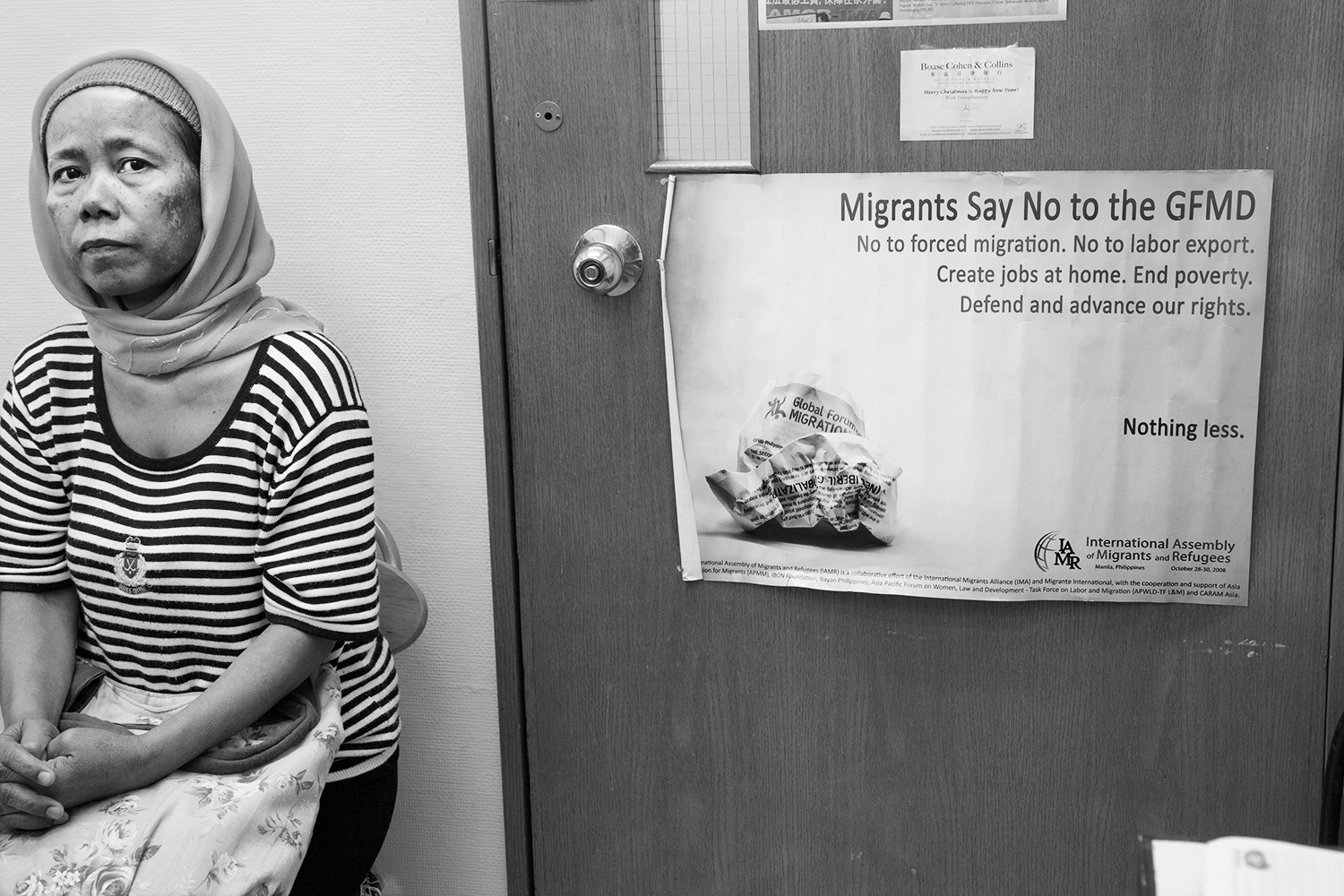
The title alludes to the state of domestic helpers who have cases filed against them or against their employers. These said migrant workers are not allowed to find another employer or any form of work and are not allowed to go back to the Philippines leaving them in a state of uncertainty with no means of income until the case is settled.
In Limbo also points to displacement of these migrant workers who left home for far too long that the idea of home becomes increasingly abstract.
It pertains to the transient state of the Filipina Migrant Workers in Hong Kong who, even after a decades of servitude are still viewed upon as second class citizens and whose stay in Hong Kong is still dependent on their service contract.
The photographs is hoping to show the migrants not just as workers but as women, mothers, sisters, etc as they navigate the political, social, and personal landscapes of their lives in HK.
In Limbo was first exhibited at the Jockey Culture Club, Hong Kong last May 2012.Fine Art Photographs were printed on Hahnemühle archival paper by Fine Art Printer Danny Chau.
Artist Statement
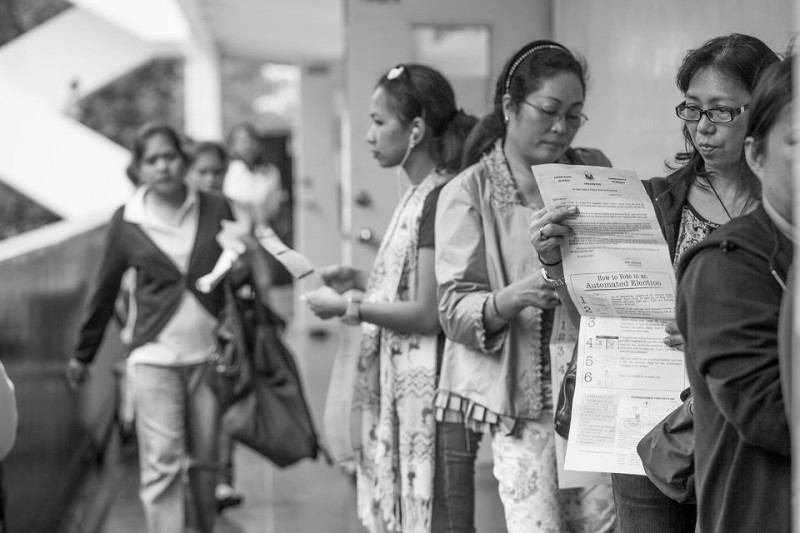
As a way to remedy the rapid rising of unemployment in the Philippines, President Ferdinand Marcos signed the Labor code of 1974. By 1978, the Philippines is rapidly sending Filipino workers and recruitment agencies were privatized.
It was also the year where Hong Kong became China’s biggest investor and as a way to answer labour shortage, female migrant workers from the Philippines were steadily hired by the Hong Kong government.
Over the years, overseas employment has become a pillar of the Philippine economy. We, Filipino people, are among our country’s most important commodities. As Filipinos, we are prized for fluent English, and provide much of the temporary contract labor all over the world. Needless to say, the Philippines most important export is its people.
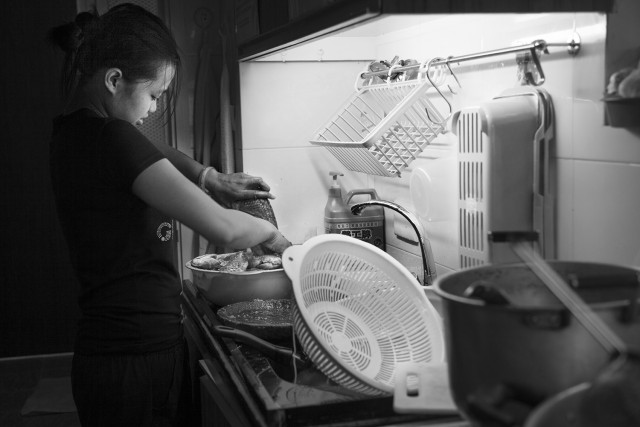
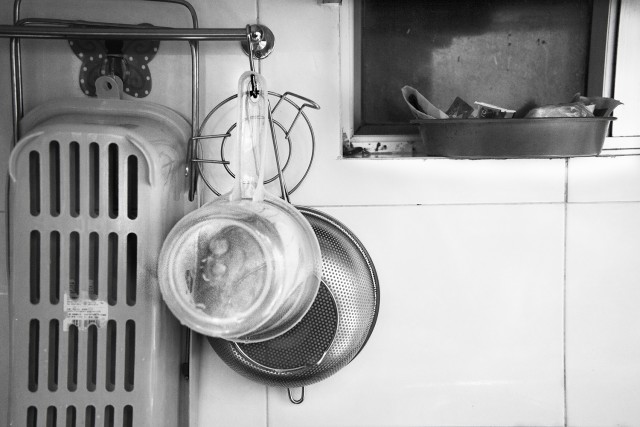
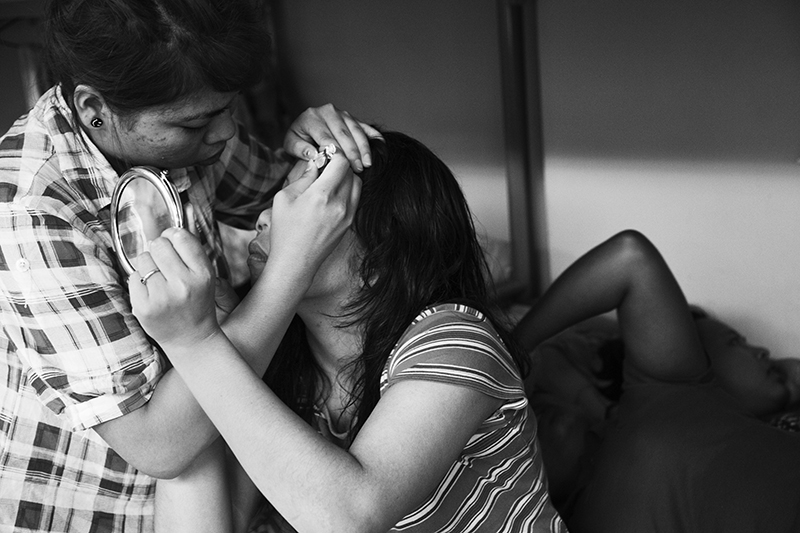
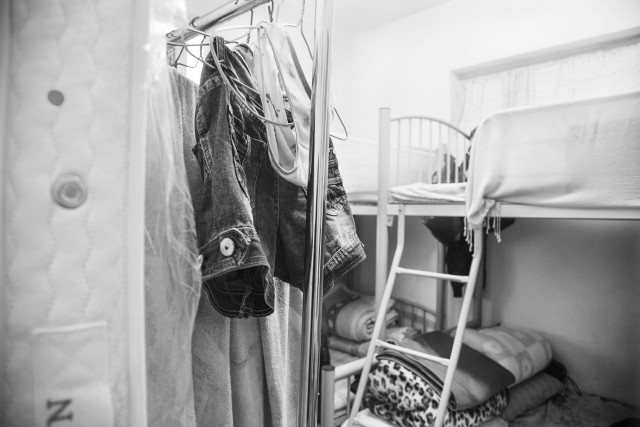
…of physical and cultural displacement
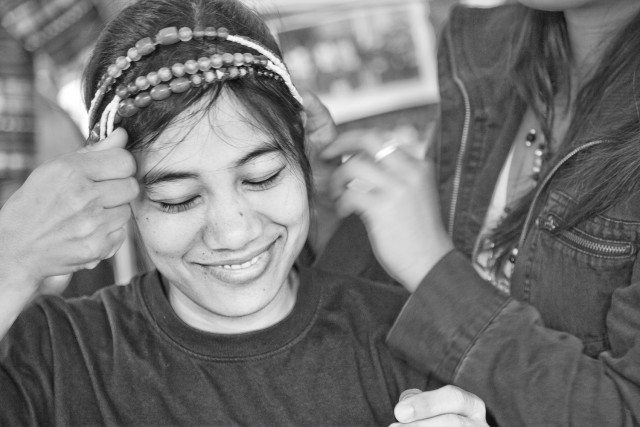
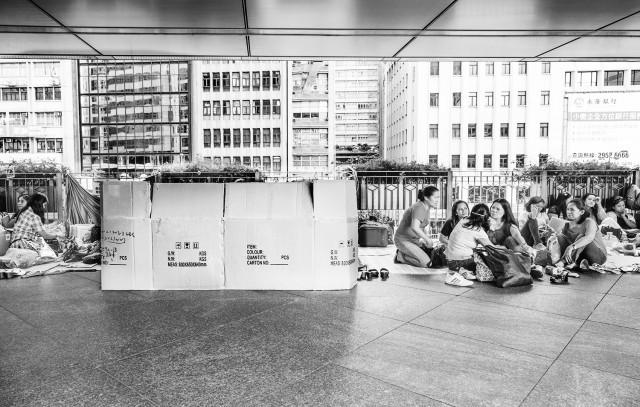
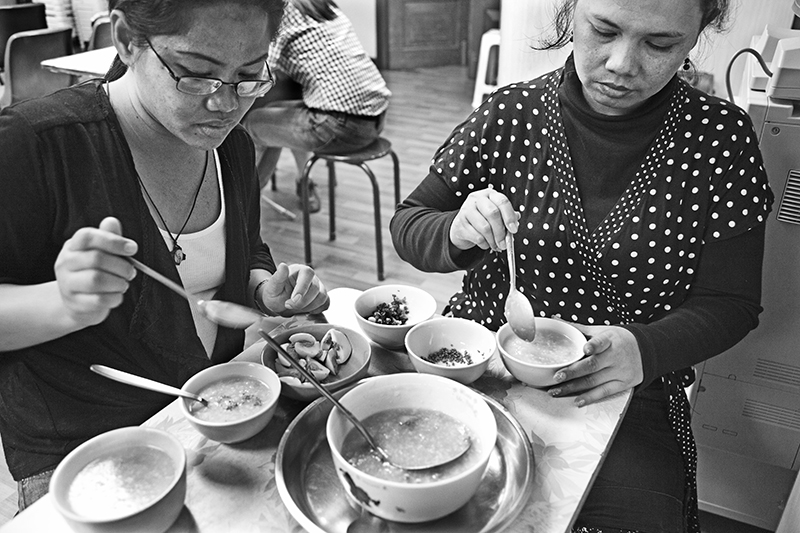
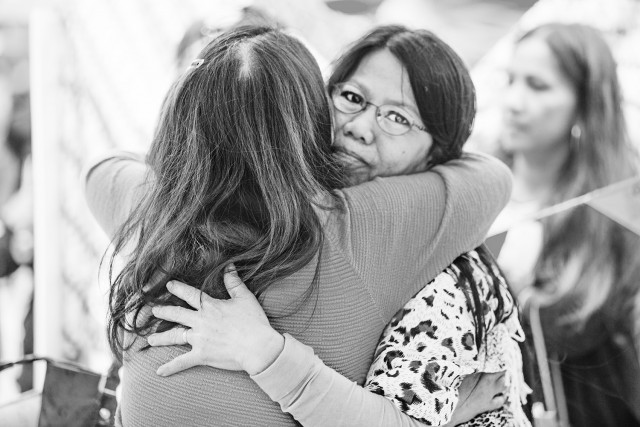
…of concrete objects for an abstract sense of “home”
Call it charm or amulets.
These photographs are of concrete objects representing Filipina migrant workers’ abstract sense of home.
These objects symbolically anchors the migrant women to their loved ones in the Philippines. Seemingly ordinary objects that extraordinarily lead these women to finding a symbolical place that allows opportunities of adaptation, transformation, and spatial empowerment in the midst of their cultural displacement in Hong Kong.
These photographs were taken inside the migrant workers’ private spaces or rooms. One can see how these objects also invade their already small spaces. How they are arranged, and how things around them are placed, making a shrine-like atmosphere. I am departing from my b/w series and shooting these objects in color to fully present their essence. Color, in this case, adds depth and energy to the texture of the photographs.
The lack of cohesion in visuals is a response to their series of contexts and spaces these migrant women make for themselves and my effort to photograph that is in line with my subject’s perspective. In this case, the act of photographing becomes a tool for these women to have a platform of expression of their desires and ideas.
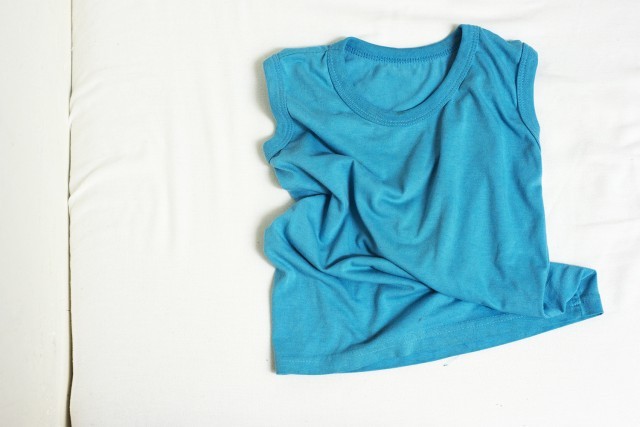
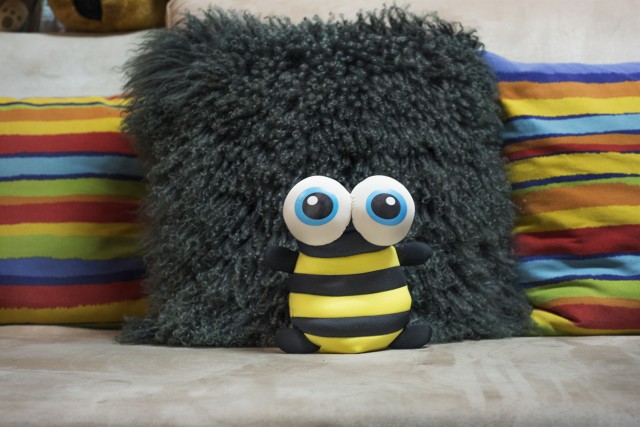
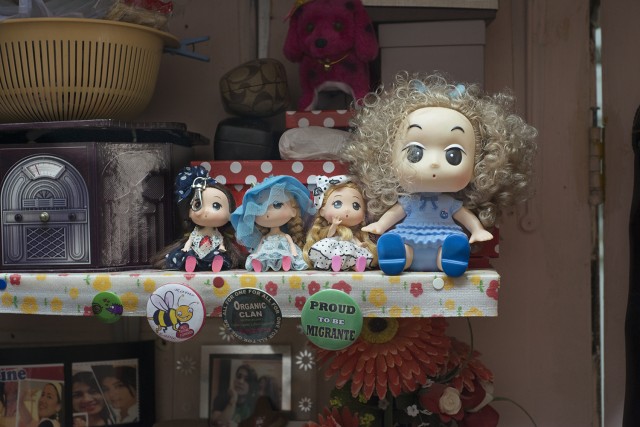
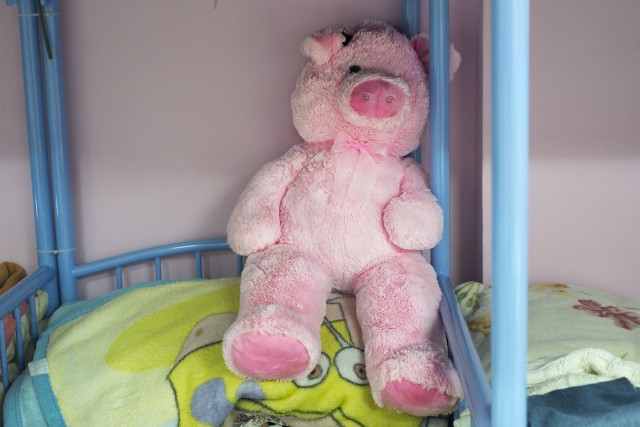
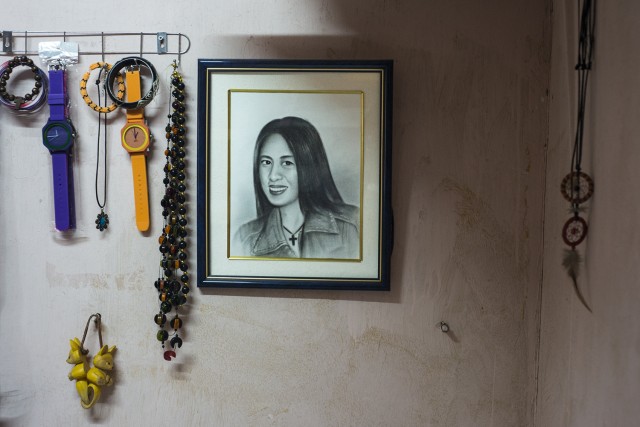
Comments
2 responses to “In Limbo”
[…] Hong Kong: In Limbo […]
[…] http://leahvalle.com/in-limbo/ […]